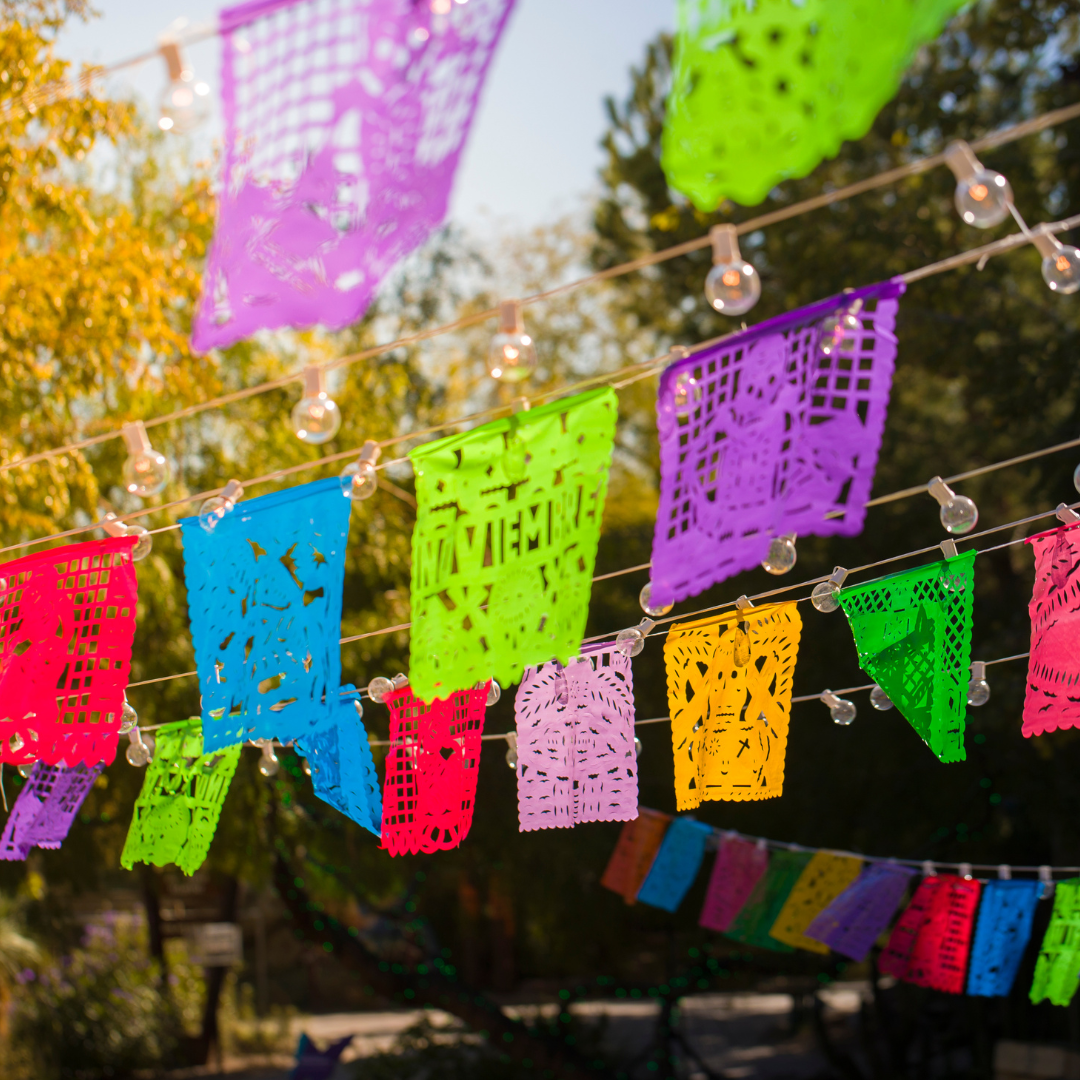
Celebrating Cinco de Mayo
A battle won. A war lost. A celebration began.
Written by Crystall Thomas, Regional HR Manager, Olympic Steel
Cinco de Mayo is a celebration of victory - not independence, as many people believe.
Mexico declared its independence from Spanish rule on September 16, 1810. On May 5, 1862 – the fifth of May, or Cinco de Mayo, the Mexican army defeated French forces at the Battle of Puebla. French Emperor Napoleon III sent his troops to Mexico to claim dominance over the former Spanish colony and install one of Napoleon’s relatives, Archduke Maximilian of Austria, as its ruler.
The Mexican militia, led by General Ignacio Zaragoza, won the battle, but the Mexicans lost the war. Maximilian became Mexico’s emperor for three years before the country reclaimed its independence.
The holiday is only celebrated sporadically in Mexico, mainly in the southern town of Puebla and a few larger cities. It is more popular in the United States, which has helped to turn the holiday into a cultural event. Latinos are the largest minority in the U.S. today with 62.1 million people, which represents approximately 19% of the population (according to the 2020 Census data).
In the 1950s and ‘60s, Cinco de Mayo gained initial popularity in the United States. "The reason it became more popular [in the US during that time] was in part because of the Good Neighbor policy," said Jose Alamillo, an ethnic studies professor at Washington State University, to National Geographic.
Originally a product of the Roosevelt administration, the Good Neighbor Policy concentrated on positive, reciprocal exchanges with countries in Latin America. "Cinco de Mayo's purpose was to function as a bridge between these two cultures," said Dr. Alamillo.
Cinco de Mayo carries a strong message that resonates with many Mexican Americans. “As a community, we are tough and committed, and we believe that we can prevail,” said Robert Con Davis-Undiano, a professor of Chicano studies at the University of Oklahoma in Norman. “That was the attitude of the ragtag Mexican troops who faced and defeated the French in Puebla.”
Today, Cinco de Mayo is commercialized. This, Alamillo said, is when the meaning of Cinco de Mayo changed from community self-determination to a drinking holiday for many people. Cinco de Mayo brings in more beer and alcohol sales than St. Patrick’s Day and the Super Bowl. But many communities still do honor the holiday with festivals, parades and other events honoring the richness of Mexican-American culture and heritage.
